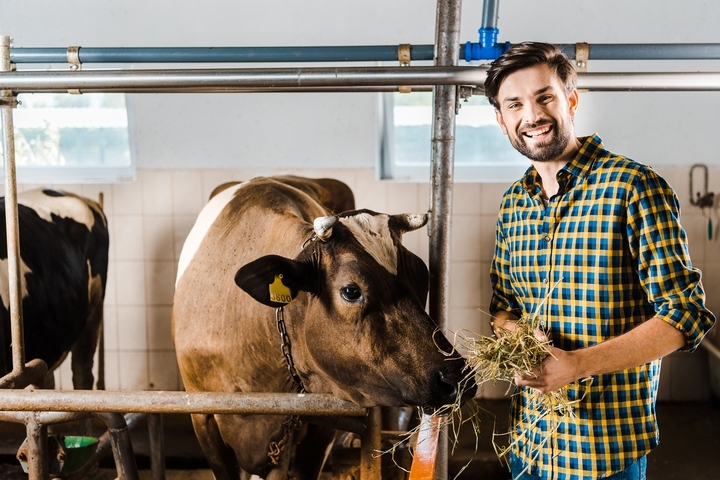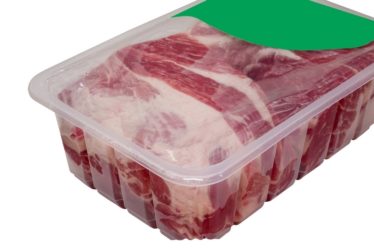
Starting a cattle farm can be rewarding and fulfilling, though, like any other farming venture, it requires careful planning and hard work. From selecting the right cattle breeds to creating a safe and comfortable environment, there are essentials you need to know to keep a healthy herd.
Starting a cattle farm requires dedication, hard work, and a commitment to learning. Following the advice outlined here and staying open to new knowledge, your cattle farm can thrive and become a fulfilling and profitable enterprise.
The following are some of the most important steps to start a successful cattle farm.
1. Land Requirements

Before you jump into cattle farming, make sure you have adequate land. The land you’ll need depends on the number of cattle you want to raise and the farming system you plan to adopt. As a general guideline, having at least 1 to 2 acres of grazing land per cow-calf pair is recommended.
Make sure the land is fertile and there is access to a water source. Remember to also factor in the need for space for barns, feed storage, and handling facilities. More land might be required if you choose to grow hay or other feed crops.
2. Infrastructure Requirements

Starting a cattle farm requires essential infrastructure to ensure the animals’ well-being and the farm’s smooth operation. You’ll need sturdy fencing to create grazing areas and protect the cattle from predators. A well-designed barn or shelter is necessary to protect them from extreme weather conditions.
Handling chutes are crucial for safely working with the cattle during vaccinations and other procedures, and calf pens provide separate and safe spaces for newborn calves to grow and develop without interference from adult cattle. This controlled environment allows better monitoring of their health, feeding, and overall well-being.
3. Feed and Nutrition

Setting up a feed and nutrition plan is vital when starting a cattle farm. To start, assess the nutritional needs of the cattle based on their age, breed, and purpose. Develop a balanced diet that includes roughage, grains, and minerals.
Set up feeding areas that include equipment like waterers and other products from Faromor. You must provide clean water access to keep the cattle hydrated. Talking to a veterinarian or livestock nutritionist can be valuable for optimizing the feed and nutrition plan, leading to healthy and thriving cattle on the farm.
4. The Right Breed

Every breed has unique traits that can impact how well your farm does, and this goes beyond deciding if you are looking for dairy cows or beef cows. You must consider your local weather, available resources, and what the market wants.
Think about what you want to achieve with your farm and choose a breed that fits those goals. Do some research on different breeds, talk to experienced farmers, and visit local farms to help you decide. When you pick the right breed, your cattle will be healthier and happier, leading to more productivity and profit on your cattle farm.
5. Health Care and Veterinary Services

Cattle require regular health care to prevent and manage diseases. Find a reputable large-animal veterinarian who can provide vaccinations, routine check-ups, and emergency care. Develop a herd health management plan to ensure the well-being of your animals and prevent the spread of diseases.
This plan should include regular vaccinations, parasite control, and disease prevention measures. Now is the time to learn if you don’t know basic first aid. The health of your herd should be your number one priority if you want to ensure the well-being and productivity of your farm.
6. Purchase Quality Cattle

When acquiring cattle for your farm, choose quality animals from reputable sources. Look for healthy, well-bred cattle with good genetics and a history of disease prevention. Avoid purchasing animals from unknown origins or auctions with unclear health histories. Healthy and well-bred animals are more disease-resistant, inevitably reducing veterinary costs and potential losses.
Quality cattle also have better reproductive performance, increasing the potential for herd growth over time. When buying cattle, consider the source and reputation of the seller, and conduct thorough health checks to avoid introducing diseases to your farm.
7. Implement Proper Record-Keeping

Accurate record-keeping is essential for managing a successful cattle farm. You must keep track of births, deaths, vaccinations, breeding records, and financial transactions. This record-keeping will help you make informed decisions and identify areas for improvement.
Keeping detailed and accurate records helps track each animal’s health, breeding, and performance. This information aids in identifying potential issues early on and improving overall herd management. Record-keeping assists in monitoring expenses, profits, and losses, contributing to better financial planning and budgeting.
It’s also the law! Keeping records will ensure your farm is following legal and regulatory requirements. As the farm grows, historical records become valuable references for assessing progress and implementing improvements.



